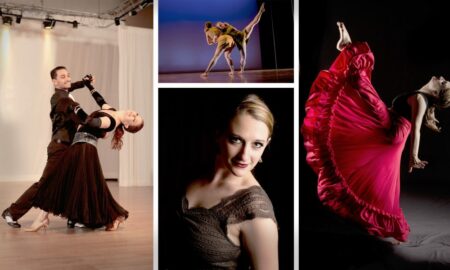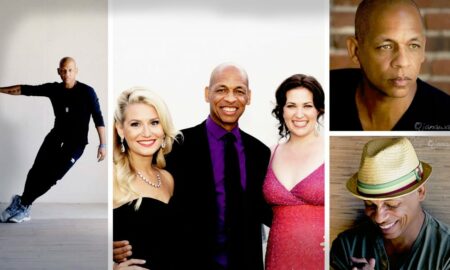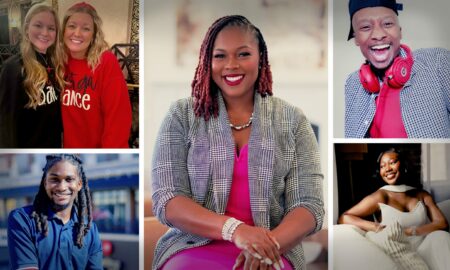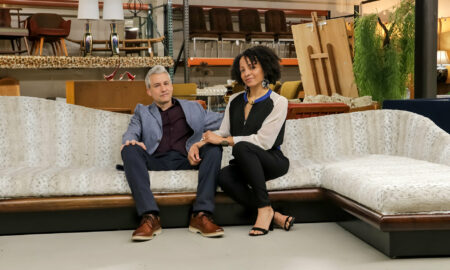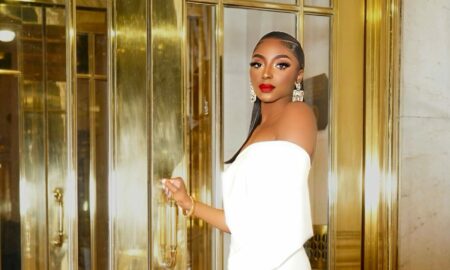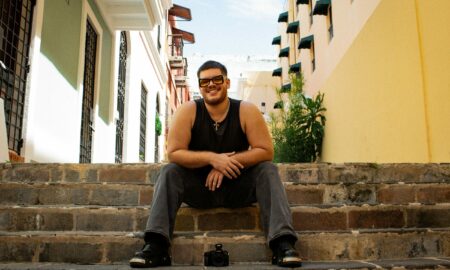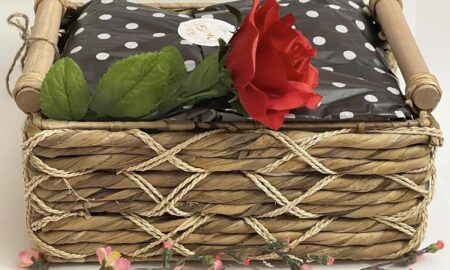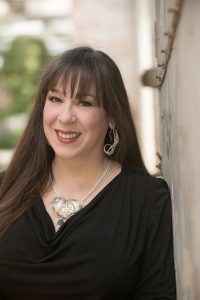
Today we’d like to introduce you to Victoria Lansford.
Victoria, please share your story with us. How did you get to where you are today?
The Christmas I was five years old, a family friend gave me an unusual board game that introduced me to ancient Egypt and opened a whole world of ideas, metalwork, and other art from antiquity. At a time when the paths most women followed were limited to homemaker, teacher, or nurse, this board game offered me something revolutionary: of the four Egyptologist tokens that players moved around the board, two were women. This was an unknown universe into which I could delve, one in which women were powerful.
From that game, I fell in love with Tutankhamun’s mummy mask. I wondered how any massive chunk of metal, glass, and stone could convey such a sense of serenity in the face of eternity, and I vowed that one day I would learn its secrets, not only of its owners but also its technical wonders and the obvious mastery of its makers. Since there were no metalsmithing classes for kids when I was young, I got into nearly every other kind of art and craft medium popular in the 1970s. I was very fortunate that my mother encouraged my interest, and my godmother Bobbie Crow, an expressionist painter and sculptor, introduced me to everything from stretching my own canvases for painting and calligraphy to intaglio printing and drawing in silverpoint, all before I was 11.
Before I became a full-time visual artist, however, I was professional jazz and modern dancer. Getting injured in 1988 led me to explore higher education options. I especially wanted to work in metal and found that Georgia State University had a program (sadly, cut from the art department in the early 2000s). I was hooked on metal immediately. I studied with Richard Mafong and artist in residence Gia Gogishvilli.
After graduating, I pursued small scale metalsmithing and quickly became known for my one-of-a-kind art jewelry and handheld art objects that explore the concept of an external display of feminine power. In 2010 I began studying Medieval illumination, calligraphy, and bookbinding techniques so I could create hand-painted books with forged metal covers. This is what led to my most recent big project, the multi-award-winning book Giving Voice, a hand-illuminated manuscript that I turned into an animated ebook.
Recently my work has run to dramatic extremes of scale. In 2017 I completed two huge copper screens for a 69 meter, bespoke superyacht, built in The Netherlands. One screen was a room divider for the main salon and is composed of 104 copper panels etched on both sides and hung from a curving frame that spans from the floor to the ceiling. The other screen was a pair of pocket doors that cover the media screen in the lounge where the owners can show dive videos. The pocket doors were huge Eastern repousse panels, wrapped around wood and aluminum frames, and measured 61” high x 82” wide when closed. With the relief, they were about 4” deep.
While I have some other large scale works in the design phase, since lockdown, I have returned to a series of illuminated, miniature animal portraits nested in Medieval and Art Nouveau-inspired designs that are reminiscent of my filigree metalwork. I am passionate about intricate processes that require arcane tools and materials and thousands of hours to master. If it feels technically impossible, I seek to find a way to make it happen. I’m always looking to combine ideas and techniques in new ways. I joke that I have one foot in the Bronze Age and one foot in the Information Age.
The things that inform my work posses an intangible quality that I find inexplicably, oddly cohesive: jazz music, Art Deco and Art Nouveau architecture, posters, and lettering styles, Medieval, Gothic, and Islamic architecture, and illuminated manuscripts, Japanese gardens, the fields of philosophy, astronomy, and cosmology, and, of course, ancient Egyptian metalwork. There are two commonalities in these various influences. One is that they all possess a contemplative quality that draws me in and allows me to get lost in another world. The other is that all of them demand an exceptionally high level of skill to create, perform, or investigate well. Once I master something, I feel compelled to help others learn, so I am deeply committed to teaching the techniques I have pioneered through books, videos, in-person master classes, and now online workshops.
We’re always bombarded by how great it is to pursue your passion, etc – but we’ve spoken with enough people to know that it’s not always easy. Overall, would you say things have been easy for you?
There is nothing smooth about carving out a freelancer career in the visual or performing arts. For many years I was a homeschooling, single parent. I would spend all day with my son and most of the night working in my home studio to keep a roof over our heads. All the economic ups and downs of this century haven’t made it easier, but I’ve always strived to use my creativity in the business of art, not just the making of it.
Since 2009, I have applied much that entrepreneurial acumen to my husband’s boutique law practice. Never could I have imagined that two such diverse types of work could have so much in common, but my problem-solving skills have helped both of us thrive.
We’d love to hear more about your business.
My business has more parts and requires more hat-wearing than most. I create one-of-a-kind art jewelry, art objects, handmade books, paintings, drawings, and illuminated calligraphic works. On the scalable side, I produce technical books, articles, videos, iPhone™ apps, and specialized tools and products for other metalsmiths in the ancient metal techniques that I have pioneered. These products have sold worldwide and have led me to mentor other artists from all points of the globe.
The techniques I’m best known for are Russian filigree, Eastern repousse, granulation, and chain making. They all date back to ancient Egypt and Greece. What has garnered notoriety for my work is not just the technical mastery but also the way I employ the processes in unusual or contemporary design. Until COVID, I traveled and taught master classes and workshops for schools, guilds, and teaching studios. I have recently launched live online classes. My first one has students from New Zealand, Switzerland, Canada, and the U.S.
What were you like growing up?
As a child, making things was a way for me to cope with my parents’ workaholism and the long hours I spent waiting at work with them. Doing things with my hands was the antidote to my boredom and gave me a sense that I was doing something constructive, and therefore, making a kind of tangible progress. Everything from tatting to bargello occupied my hands and mind while I joined my mother at work. I painted and created sculptural projects in my playhouse-turned-art-studio when I was at home. Changing my endless boredom and loneliness into creative objects gave me a sense of purpose.
Pricing:
- My one-of-a-kind artwork ranges from $450 to $100, with all points in between.
- My archival art prints begin at $65
- My instructional products range from $24.95 – $215.
Contact Info:
- Website: https://victorialansford.com
- Email: victoria@victorialansford.com
- Instagram: victorialansfordartwork
- Facebook: VictoriaLansford
- Twitter: vlansford







 Image Credit:
Image Credit:
Headshot by Erin Brauer Photography
Book images and large screens with me behind, Victoria Lansford
Photos of tools and 4 art jewelry images (including one on model) by Pat Vasquez-Cunningham
Suggest a story: VoyageATL is built on recommendations from the community; it’s how we uncover hidden gems, so if you or someone you know deserves recognition please let us know here.


